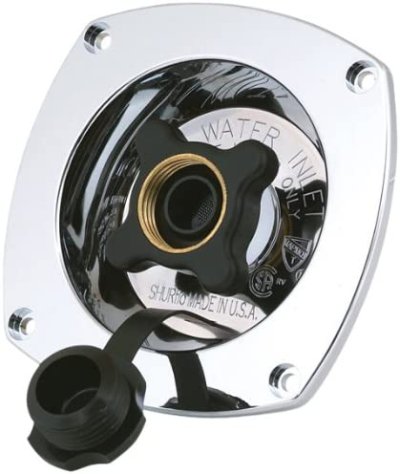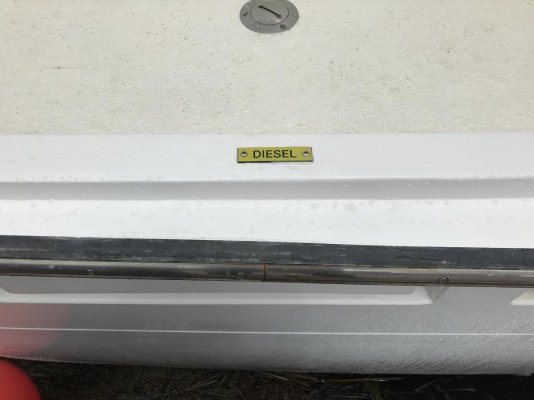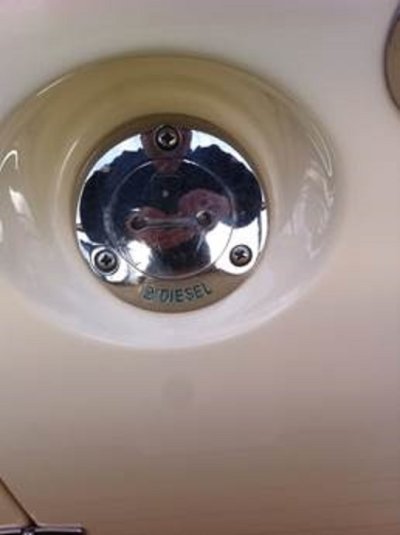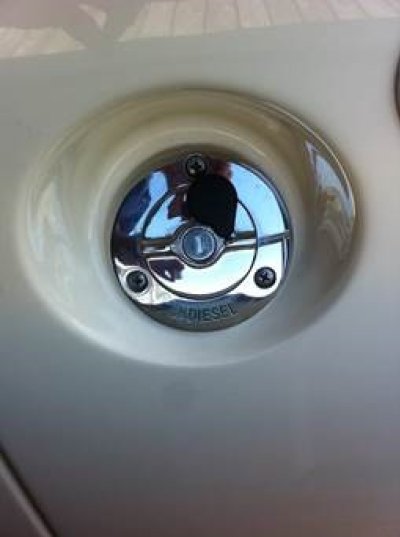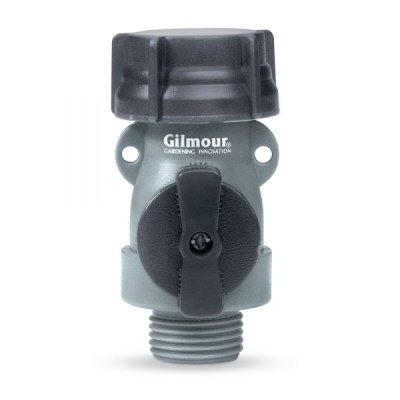Hooking up to shore water may have nothing to do with filling your onboard freshwater tanks. On many boats, the attachment/fill points are separate.
Not particularly safe to leave dockwater turned on... not even all that great to leave it physically connected (lest some well-meaning doofus turn it on when you're not there). There are some timers and "quantity-limiters" (?) you can buy and insert in between shore hose and boat, but it's cheaper to physically disconnect.
Or just fill the tanks, and use your own freshwater supply. You can review threads about pre-filtration for ideas about that.
If your freshwater tanks are stainless, watching them as you fill won't be very exciting.
Yes, you need a key to open deck fills; usually one key fits all. Do learn the difference between diesel, freshwater, and waste (holding tank) caps. You should be able to figure out why.
The onboard freshwater pump is what gets water out of your tank and into your glass. That pump is electric. Find the breaker on your main DC panel.
If you need to flush an ELECTRIC or Vacuflush toilet... they're electric. Find the breaker on your main DC pane.
If you want hot water in that glass, it'll have to pass through the water heater and the water heater will have to be turned on first. The water heater is electric. Find the breaker on your main AC panel.
You MIGHT have some plumbing bypass around the water heater, usually for winterizing. If you find the water heater and put eyeballs on... and if you basically see two hose connections -- one in, one out -- and these two hose runs aren't also connected to each other in some different way... then you probably don't have a bypass. I mention this because IF YOU TURN ON THE WATER HEATER WITH NO WATER IN IT THE HEATING ELEMENT WILL BURN OUT AND YOU'LL HAVE TO DO SOME WORK TO FIX THAT. In other words, you might want to check the water heater innies/outies first. Or maybe ask the previous owner.
-Chris

